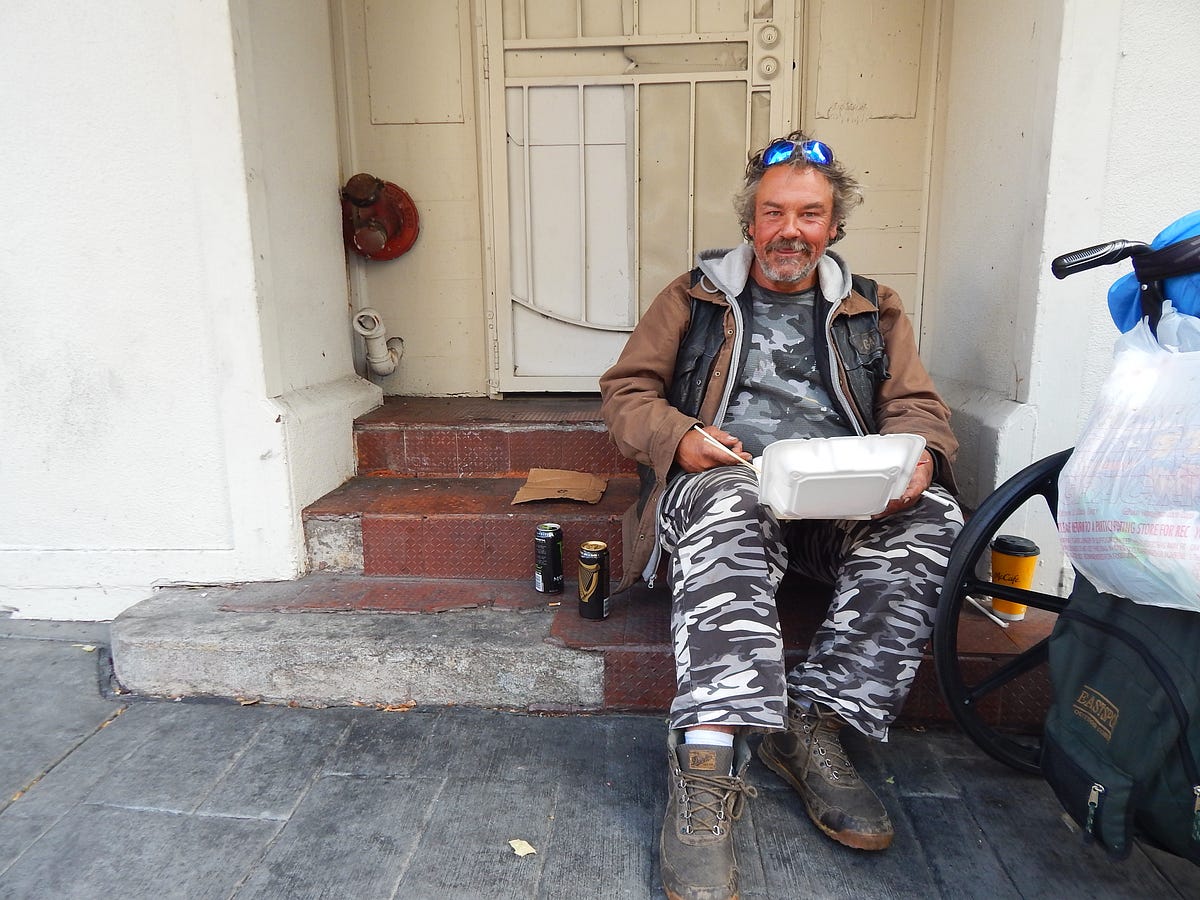Book Review of “The Poverty Paradox: Understanding Economic Hardship Amid American Prosperity,” by Mark Robert Rank, 2023. New York: Oxford University Press. Cloth, 175 pages.
People often erroneously assume it is the individual causing all the poverty in our country.
This technical discussion of why some people are poor in the richest country of the world will provide several theories for you to consider. The author is an expert researcher and author on social welfare, poverty, and inequality. Professor Rank proposes five major reasons or factors as to why people are poor.
Rank shows the historical context in which poverty has blossomed in our nation and has targeted certain persons, races, neighborhoods, and parts of the country. He talks about patterns. He provides in-depth explanation of each of the factors driving poverty.
You will have to read this technical account of the situation and digest the graphs and charts making it clear that poverty is a much greater problem than just a few poor people out there. Rank provides a great deal of information about how we got to where we are.
Rank reminds us that it is popular in America to think of poverty in terms of the behaviors and actions of the individual. People often erroneously assume it is the individual causing all the poverty in our country. It is the laziness of a few. It is the refusal to try harder.
Many such stupid beliefs stand in the way of solving the issue of poverty in America.
Looking at the history, and the system, and the pattern of poverty is essential. It takes an understanding of all such aspects—and more—to come to a comprehension that is informed by all the research and stories of the poor.
I recommend this book to professors of social work, economics, political science, and counselors helping the homeless—and others suffering from the grasp of poverty. Educators and street helpers, also, can get a lot out of this advanced discussion of poverty in a rich nation.
We all need to develop our own take on this complicated web of causes and continuity in this thing called poverty. We all want to help those suffering. We all want to figure it out quickly and get to work changing the world. However, solving the poverty problem with one attempt cannot achieve much.
It is over time that we will need to consider the information out there and attempt to digest a complicated landscape of data and tendencies. Through books such as this one, we may begin to figure out the blueprint.
As with most of my reviews, I do not wish to provide all the key facts here but give you hints, categories, and classes of content. Your reading of the book to get your own understanding is of course crucial.
I would recommend you obtain a copy of this book for both your personal and professional libraries. You have both, don’t you?





